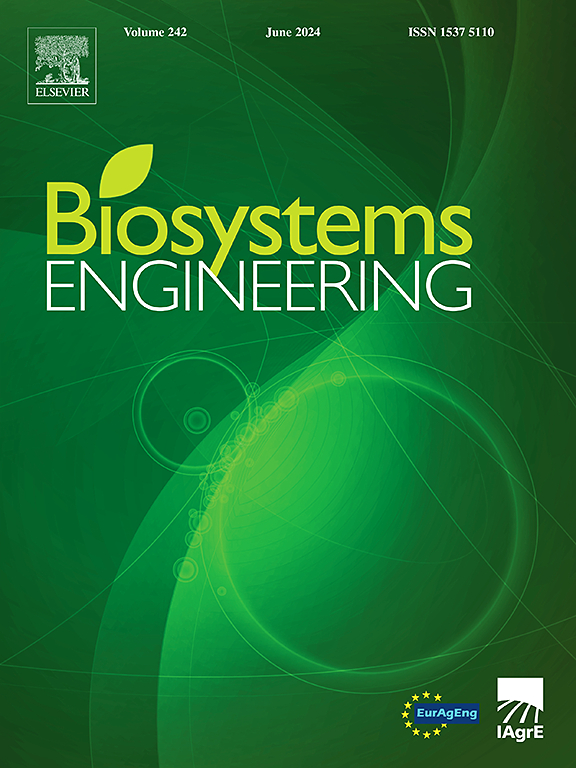Clues and cues in a Japanese quail egg: What individual variable parameters can be used to identify the hen that laid it?
IF 4.4
1区 农林科学
Q1 AGRICULTURAL ENGINEERING
引用次数: 0
Abstract
Variability in eggs laid by the same bird is well known but remarkably understudied. Ecological, physiological and genetic mechanisms clearly play a role; however, the reasons for the high/low variability of some parameters remain a mystery. Here, with the aim of identifying a wider range of data for analysis of their individual variability, the variability of several egg parameters in F2 Japanese quail (Coturnix japonica) hens was studied. The highest variability was noted for the parameters of shell strength (21.4–27.1%), suggesting its unsuitability as an identifier of a single hen. The highest reproducibility (i.e., the lowest variability of 1.5%) was observed for the ratio of egg surface area to volume (S/V). This indicator can indirectly characterise the level of embryonic metabolism and be used as an adaptive feature of the hen body targeted towards maintaining the stability of the S/V value. Excessive formation of the yolk component leads to an “adjustment” of the shell, ensuring low variability of the total egg weight. These findings can be taken into account to advance our understanding of the ecological, physiological, and genetic underpinnings for developing promising intraclutch “signatures” of quail egg production. It could find application in the field of preincubation egg sorting, with artificial intelligence (AI)-assisted classification of individually identified eggs to tailored incubation regimes. Moreover, given that the S/V value is also related to egg contents parameters, identifying laying hens by this feature might allow breeders to categorise separate groups of females, each of which lay eggs of identified nutritional value.
求助全文
约1分钟内获得全文
求助全文
来源期刊

Biosystems Engineering
农林科学-农业工程
CiteScore
10.60
自引率
7.80%
发文量
239
审稿时长
53 days
期刊介绍:
Biosystems Engineering publishes research in engineering and the physical sciences that represent advances in understanding or modelling of the performance of biological systems for sustainable developments in land use and the environment, agriculture and amenity, bioproduction processes and the food chain. The subject matter of the journal reflects the wide range and interdisciplinary nature of research in engineering for biological systems.
 求助内容:
求助内容: 应助结果提醒方式:
应助结果提醒方式:


